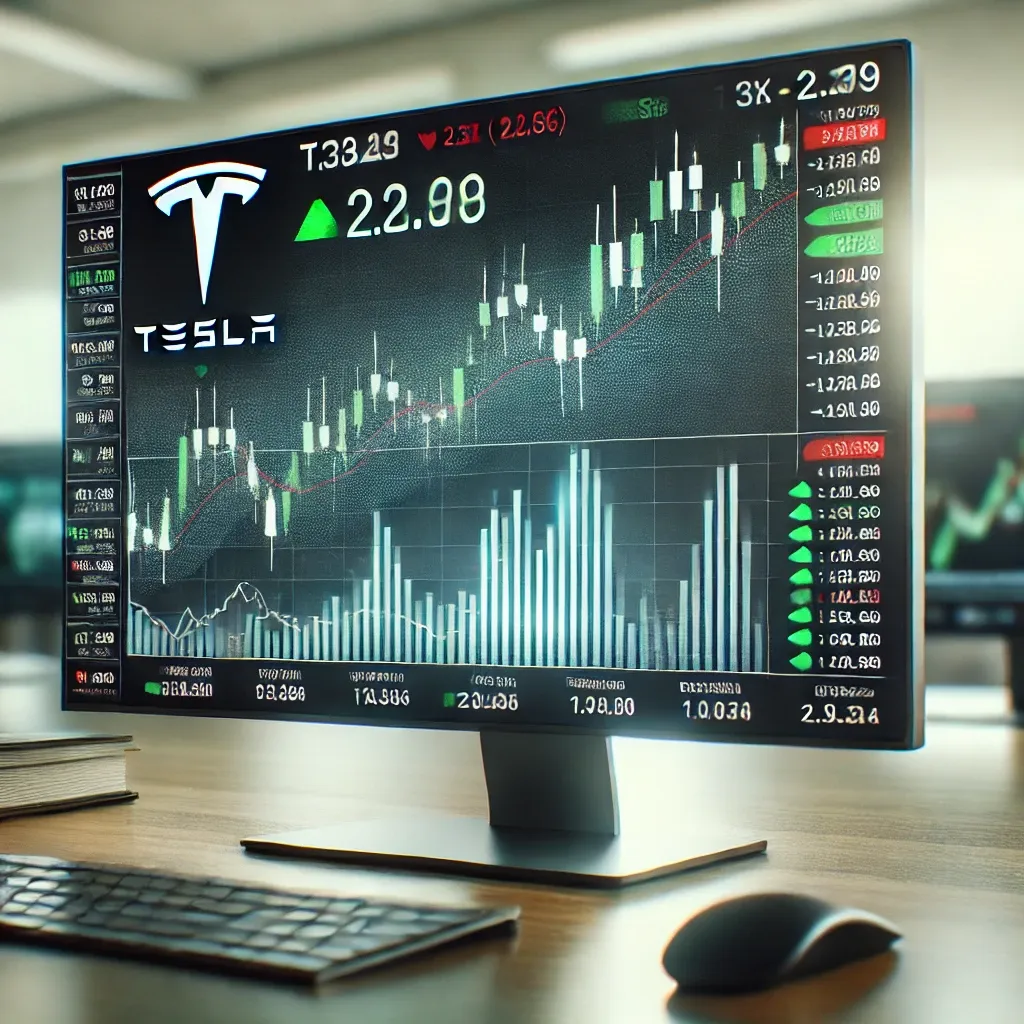Curious about the future of TSLA stock? Explore expert predictions, forecast trends, and the latest pre-market developments for Tesla. What are the key indicators suggesting?
TSLA Stock Forecast
Tesla’s stock (TSLA) is one of the most scrutinized equities in the financial world. Forecasting its future requires an understanding of multiple factors: from Tesla’s innovative roadmap to external economic influences. Analysts leverage both historical performance and future outlooks, assessing market dynamics, supply chains, and technological innovations.In recent years, Tesla has proven resilient, outpacing competitors by continuously advancing its production technologies. However, growth forecasts remain subject to market fluctuations and regulatory challenges. Analysts anticipate key performance markers, such as increased vehicle deliveries, new product launches, and expanded operations in markets like China and Europe, will significantly shape the stock’s trajectory.
- Key production milestones: Cybertruck release and enhanced energy storage facilities.
- Demand growth drivers: Global EV adoption and infrastructure development.
- Risks: Market saturation, regulatory changes, and raw material constraints.
- Opportunities: Expanding AI capabilities and autonomous driving.
- Long-term potential: Achieving production of 20 million cars annually by 2030.
Market experts also look at EPS growth, price-to-earnings ratios, and future capital expenditure plans to inform their predictions. Understanding these factors offers a clearer picture of where the stock may head.Tesla’s 2030 forecast highlights ambitious production goals, with plans to enhance its energy sector portfolio beyond electric vehicles. By aligning production costs with sustainable margins, the company aims to boost both profitability and market share.
TSLA Stock Prediction
Prediction models for TSLA stock rely on advanced algorithms and real-time analytics. These models evaluate a wide range of inputs, including macroeconomic conditions, Tesla’s quarterly performance reports, and news-driven catalysts like product unveilings. For instance, the release of new vehicles such as the Cybertruck or Model 2 might affect both short-term and long-term stock valuations.The technical indicators frequently used in predictions include moving averages, Relative Strength Index (RSI), and Fibonacci retracements. Each provides unique insights into the buying and selling momentum of TSLA stock, helping traders anticipate future movements:
- Moving averages (MA): Useful for identifying stock trends.
- RSI indicator: Helps assess whether TSLA is overbought or oversold.
- Candlestick patterns: Useful for predicting price reversals or breakouts.
Market analysts often incorporate earnings announcements and CEO communications into their short-term forecasts. For example, Elon Musk’s statements regarding supply chain developments or new factory openings can lead to immediate market reactions.Looking forward to 2025, predictions suggest Tesla may further increase its production capacity by leveraging gigafactories and innovations in AI-driven production lines. These investments are expected to boost both profitability and stock value.
TSLA Stock Pre-Market Insights
Pre-market trading offers an early indicator of the market’s sentiment toward Tesla stock. Traders and investors monitor after-hours announcements, corporate earnings reports, and global events that could impact TSLA’s opening price. This phase sets the tone for the trading day, allowing participants to adjust their positions based on the latest developments.Key components of pre-market analysis include:
- News catalysts: Product recalls, SEC filings, or partnerships.
- Institutional trading: Movement of large volumes can signal market sentiment.
- Futures market performance: Helps gauge global investor outlook before U.S. markets open.
- Economic reports: Inflation data or interest rate hikes can affect sentiment.
Traders often look at pre-market price movements as a precursor to day trading strategies. An early rally in Tesla stock might suggest strong institutional confidence, whereas a drop could indicate market jitters around recent news.Tesla’s pre-market activity has been known to fluctuate heavily around major announcements, especially earnings reports. The launch of new battery technologies or updates on Full Self-Driving (FSD) software often serve as decisive factors that impact the pre-market mood.
Conclusion
In summary, Tesla’s stock (TSLA) offers a dynamic and high-growth opportunity, but it is also subject to volatility. Long-term forecasts predict significant growth fueled by production milestones and expansion into new markets, while short-term predictions hinge on technical indicators and market sentiment. The pre-market phase provides crucial insights into how the day’s trading may unfold, highlighting the importance of tracking news and market sentiment.As Elon Musk once said, “Some people don’t like change, but you need to embrace change if the alternative is disaster.” This sentiment aligns with the volatile yet exciting nature of Tesla stock, making it both a challenge and an opportunity for investors to stay ahead in the game.






